For centuries, cultures worldwide have believed that our hands reveal hidden truths about our personalities, strengths, and weaknesses. From ancient palmistry practices to modern psychological studies, the shape of our hands, fingers, and even the gaps between them can offer fascinating insights into who we are. In this guide, you’ll learn how to decode these traits using practical techniques rooted in both tradition and science.
How to Tell a Person’s Character by the Shape of Their Hands
How to Identify Your Dominant Hand (And What It Reveals About Your Personality)
Your dominant hand—the one you instinctively use for writing, eating, or throwing—is more than just a functional preference. Studies suggest it may correlate with personality traits and cognitive tendencies.
Steps to Determine Dominance:
- Observe daily tasks: Which hand do you use for brushing teeth, opening jars, or using a mouse?
- Clap test: The dominant hand typically lands on top when clapping.
Personality Insights:
- Right-handed individuals are often associated with logical thinking, structure, and adherence to social norms (source: American Psychological Association).
- Left-handed people may exhibit creativity, adaptability, and out-of-the-box problem-solving skills.
- Ambidextrous individuals (using both hands equally) are rare and often linked to flexibility and resilience.
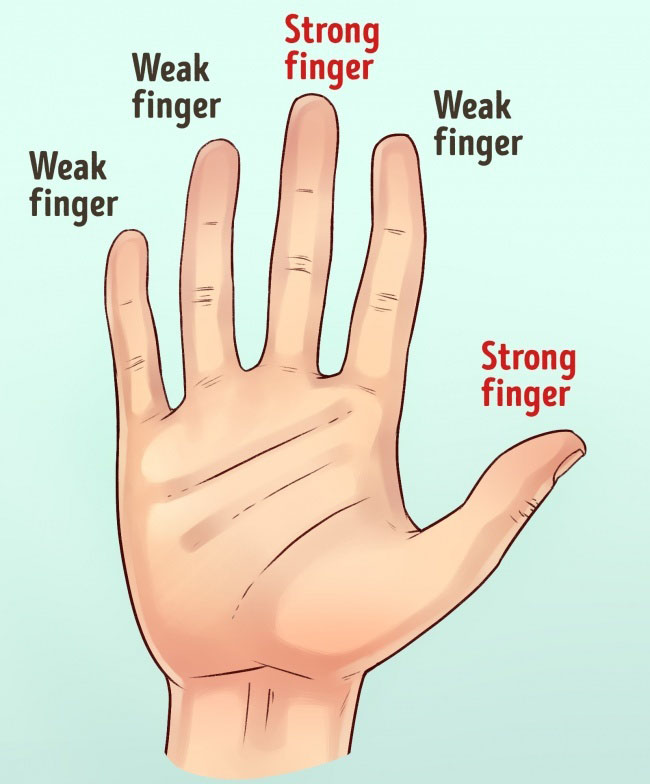
Analyzing Strong and Weak Fingers: Traits Linked to Each Digit
In palmistry, each finger symbolizes different aspects of personality. By assessing their length, strength, and flexibility, you can uncover hidden traits.
The Five Fingers and Their Meanings:
Thumb: Represents willpower and leadership. A strong, straight thumb suggests confidence, while a curved thumb may indicate adaptability.
Index Finger: Linked to ambition and authority. A longer index finger (compared to the ring finger) is tied to leadership qualities (source: Journal of Personality and Social Psychology).
Middle Finger: Symbolizes responsibility and practicality. A dominant middle finger suggests a grounded, detail-oriented nature.
Ring Finger: Associated with creativity and emotional expression. Longer ring fingers are often seen in risk-takers and artists.
Pinky Finger: Reflects communication skills. A longer pinky indicates charisma and persuasiveness.
How to Test Finger Strength:
- Gently press each finger against a surface. Resistance indicates strength in the trait it represents.
Interpreting Finger Shape Meanings: From Pointed to Square Tips
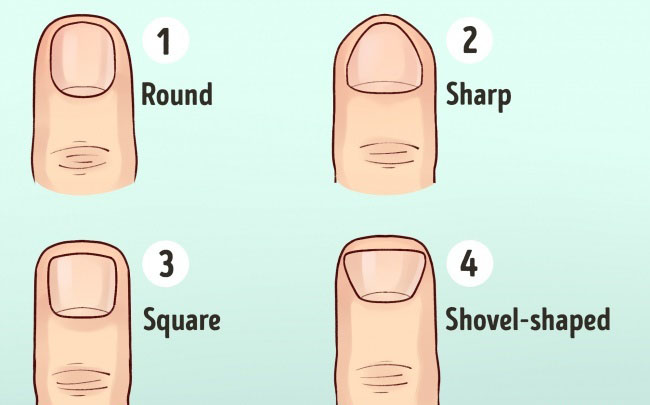
The shape of your fingertips is a cornerstone of palmistry analysis. Here’s how to decode them:
Common Fingertip Shapes and Their Traits:
- Pointed Fingertips:
- Traits: Idealistic, intuitive, and artistic.
- Careers: Often found in artists, writers, or spiritual guides.
- Square Fingertips:
- Traits: Practical, logical, and disciplined.
- Careers: Common among engineers, accountants, or project managers.
- Round Fingertips:
- Traits: Balanced, diplomatic, and empathetic.
- Careers: Teachers, counselors, or mediators.
- Spatulate (Wide) Fingertips:
- Traits: Energetic, innovative, and adventurous.
- Careers: Entrepreneurs, athletes, or explorers.
For deeper insights, compare your findings with research from the American Academy of Hand Analysis.
Personality Clues in the Gap Between Your Fingers: Openness vs. Reserve
Place your hand flat on a table, fingers slightly apart. The natural gaps between your fingers can reveal how you interact with the world.
What the Gaps Mean:
- No Gaps (Fingers Tightly Together):
- Indicates caution, privacy, and a methodical approach to life.
- Wide Gap Between Middle and Ring Fingers:
- Suggests independence, curiosity, and a nonconformist attitude.
- Gap Between Thumb and Index Finger:
- Reflects openness to new experiences and extroversion.
A 2020 study in Personality and Individual Differences found that hand posture correlates with self-reported personality traits, validating these palmistry concepts (source: ScienceDirect).
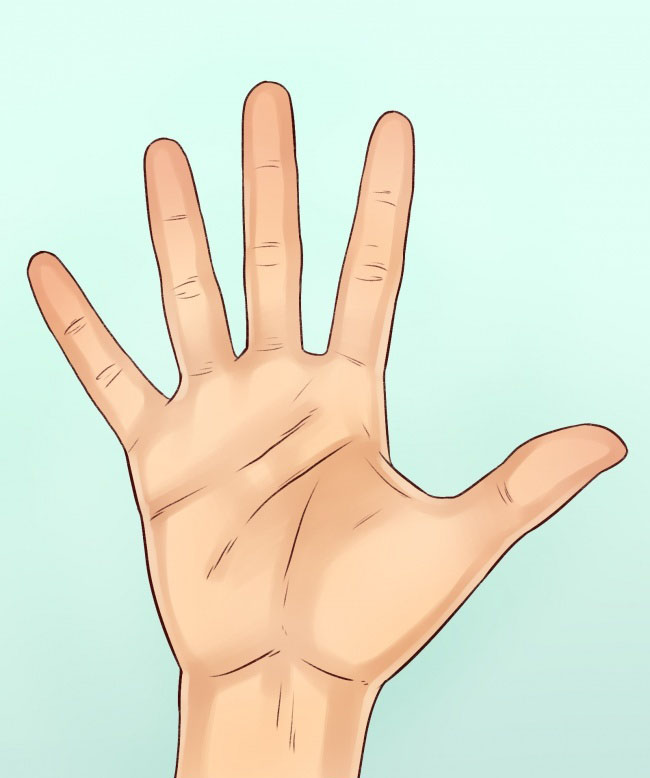
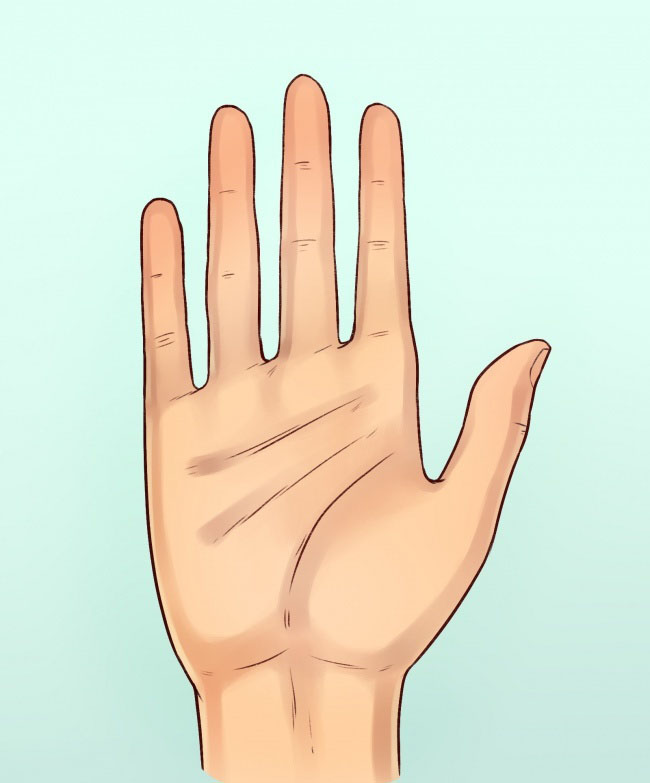
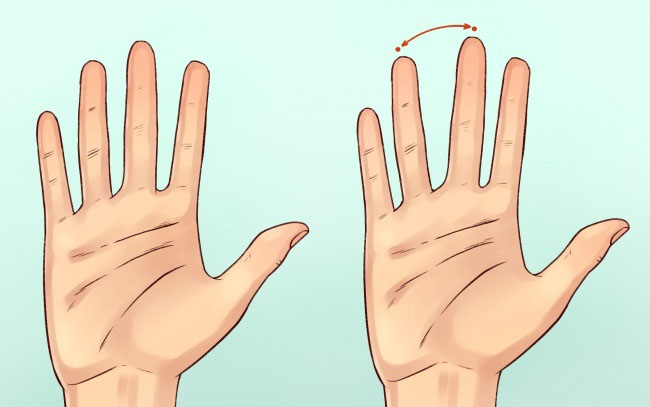
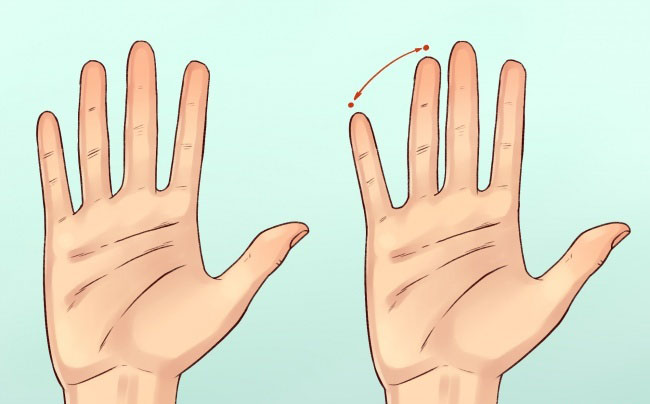
Enhancing Your Analysis: Combining Hand Shape with Other Palmistry Markings
For a holistic reading, integrate these observations with other palm features:
- Heart Line: Emotional tendencies.
- Life Line: Vitality and life approach.
- Mount of Venus: Passion and energy levels.
While palmistry isn’t an exact science, it offers a unique lens to explore personality traits. By analyzing dominant hands, finger strength, fingertip shapes, and finger gaps, you can uncover patterns that align with your instincts and behaviors. Use this guide as a starting point for self-discovery or a fun conversation starter—just remember to pair it with an open mind!
Ready to Dive Deeper? Explore courses from the International Institute of Palmistry or validate your findings with psychological assessments.
External References:
Personality and Individual Differences Study
American Psychological Association on Handedness
Journal of Personality and Social Psychology



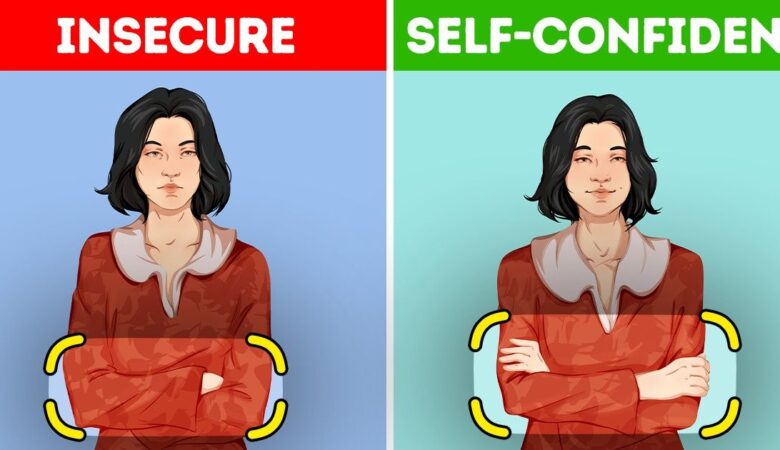


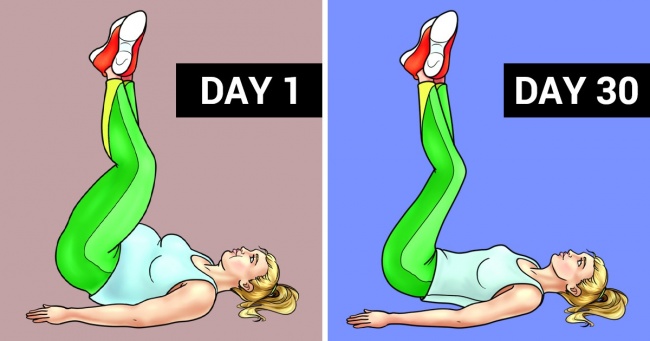


Leave a Reply